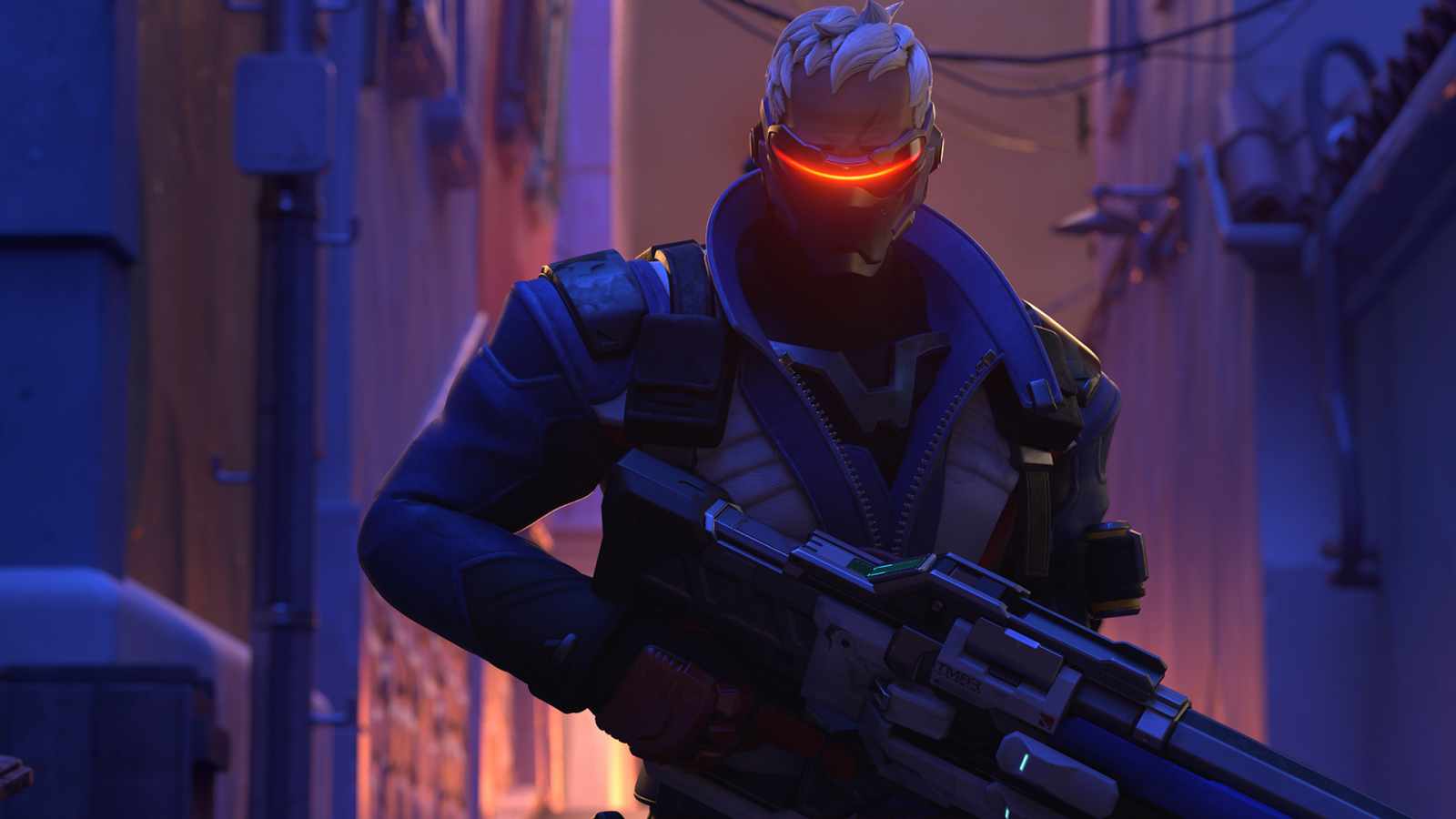These are the voyages of the starship Kestrel. Its mission: to bring vital data back to the last Federation fleet. Unfortunately for the Federation the Kestrel is currently adrift in space with the last of its crew valiantly trying to repair the life support as they slowly suffocate.This is a rather common story for your ship and your crew in Faster Than Light, the new spaceflight simulator game with RPG elements developed by Subset Games. FTL has received increased attention because it is an indie game created Subset’s two developers, Matthew Davis and Justin Ma, who received all of their funding through private donations on Kickstarter.com. In the impressive effort from the two men the player controls a ship and it’s crew as it jumps through eight space sectors. After each faster-than-light jump (thus, FTL) players will encounter space battles, marauding pirates or patrolling rebel scouts amidst the vast areas of space.
The combat in FTL consists entirely of one-on-one battles. Success in combat teeters on the player’s choice of which component of the enemy ship to attack and while managing and repairing your ship throughout the battle. While taking out the enemy shields will make them more vulnerable to your weapon fire and thus potentially a quicker victory, the player can also target the weapons systems to attempt to squash sustaining too much damage and having the battle fall out of one’s favor. If you don’t address the enemy’s weapon systems, it is entirely possible that a stray missile strikes your weapons room, you lose the ability to fire back which will, more often than not, have disastrous consequences. This choice between offensive and defensive strategies while in combat is the primary gameplay element. In addition to the combative enemies you may encounter while jumping through space, players will also discover explorable, derelict space stations. Similar to many other games, the space station will sometimes have upgrades for you weapons; however, there are also potentially disastrous consequences as you may encounter a deadly virus which could infect one of your crew members and kill them.
Every decision that you are forced to make is gut wrenching as the consequences for the wrong decision are fatal to the ship’s chances of a successful mission. You constantly need new and better equipment to get through each sector but there’s risk to everything. The damage that your hull takes persists between fights and you only get a chance to repair at stores. I found that I often tried to avoid fights (and thus also potentially useful materials) because if your ship is defeated there is a high likelihood that you will be stuck without a repair shop nearby. However, when you do find that little bit of additional firepower or some extra fuel just when you were running low it increases your chances of success dramatically.
During various battles and missions, the crew will salvage scrap material that can be used to buy upgrades, repairs and other items in stores across the galaxy. It is vital to collect scrap in order to purchase extra shields and other powerful ship abilities like a cloaking system. Yet, it is important to note that these vendors are never in the same place which makes it entirely possible that players will only encounter certain upgrades on a single playthrough.
All of these things combine to make Faster Than Light a tense and rewarding experience. It is a challenging game that you probably won’t be able to complete during the first playthrough, or even the tenth. It is not a trial and error game because the gameplay elements are randomized. This could offer potential frustrations, but it also offers great replay value, as no two journeys through the sectors will be the same. Matthew Davis and Justin Ma have created a very challenging game, but one with obvious passion. It would be a mistake to overlook FTL.






